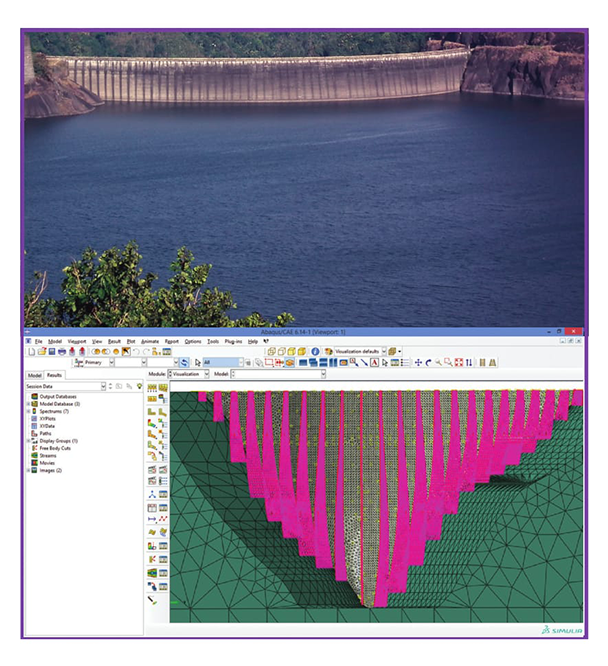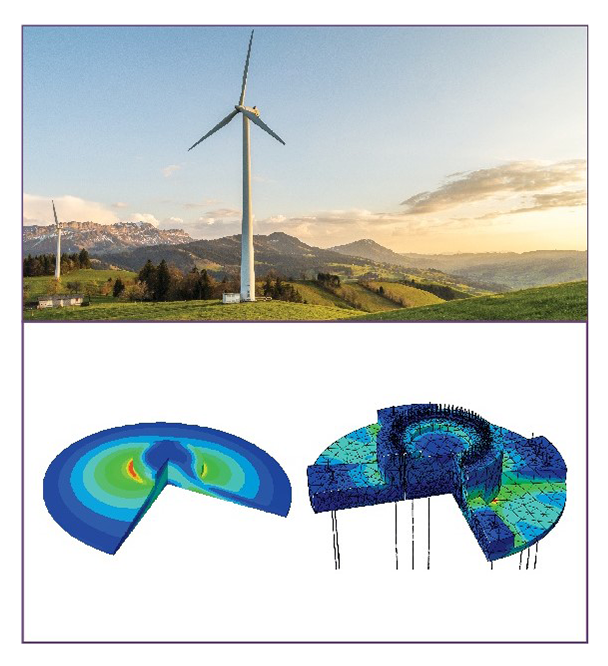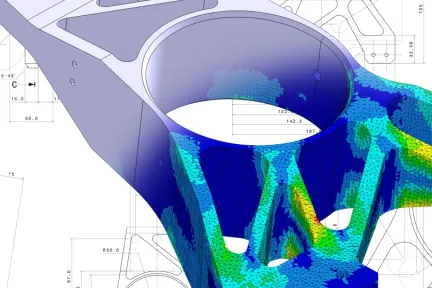Effective asset management is essential in the infrastructure industry, where managing diverse assets like roads, bridges, and utilities is complex. ArcGIS, a leading GIS platform, helps address challenges such as tracking asset conditions and coordinating maintenance. With real-time data integration, it enables infrastructure managers to monitor asset performance, track conditions, and schedule proactive maintenance from a centralized platform. This improves decision-making, optimizes resources, and reduces downtime, enhancing the longevity and efficiency of infrastructure assets.
Other Trends

Efficient Space Management in Airports and Ports with ArcGIS
Effective space management is crucial in airports and ports to ensure smooth operations, maximize capacity, and improve passenger and cargo flow. However, these facilities often struggle with challenges like overcrowding, inefficient resource allocation, and the complexity of managing vast, dynamic environments. ArcGIS, a leading Geographic Information System (GIS) platform, helps address these issues by providing comprehensive spatial analysis and real-time data visualization tools. With ArcGIS, airport and port authorities can efficiently map, track, and manage space usage, from terminals and runways to loading docks and storage areas. This enables better planning, improved resource allocation, and quicker responses to bottlenecks or disruptions, ultimately enhancing operational efficiency, customer experience, and facility capacity

Enhance Infrastructure Operations with GIS for Streamlined Workflow and Resource Allocation
Efficient infrastructure operations are critical for the smooth functioning of cities, transportation networks, and utility services. However, infrastructure management faces challenges such as resource misallocation, delayed project timelines, and difficulty in coordinating complex workflows across multiple teams and locations. ArcGIS








